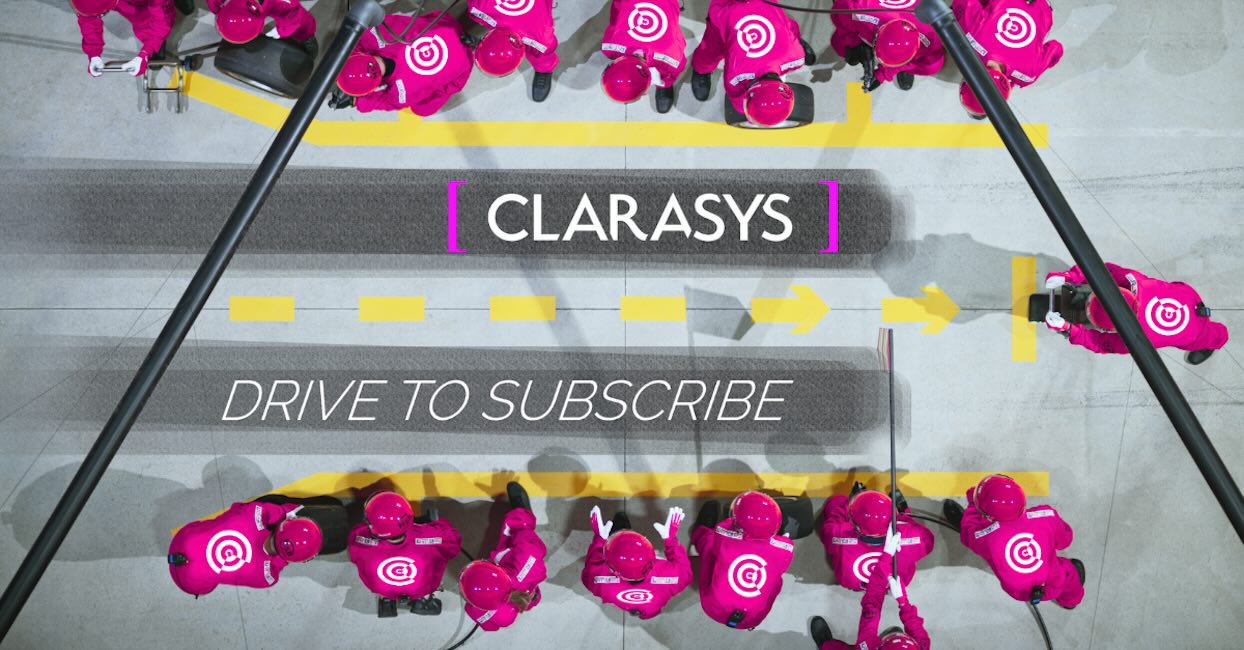Setting the scene: As the lockdown continues in the UK, retailers, along with all other industries, are facing a mass of challenges to adapt in this new market.
The changing face of retail – through COVID-19, and beyond.
The changing face of retail – through COVID-19, and beyond.
Setting the scene: As the lockdown continues in the UK, retailers, along with all other industries, are facing a mass of challenges to adapt in this new market.

Meet the author
Setting the scene:
As the lockdown continues in the UK, retailers, along with all other industries, are facing a mass of challenges to adapt in this new market. The urgent shift in focus to a strong digital agenda has highlighted the importance of an online experience that not just delivers products to your door at the right time, but offers customers an escape from the monotony of life in lockdown.
Whilst the advent of Covid-19 on the world will likely mark the greatest recession the world has ever seen, each previous recession has shown that those who meet these changing market factors head on, will be the ones that will come out the other side stronger. Those that do not, tend to falter.
How retailers can overcome the Covid-19 challenges:
Listening to insights from our clients and our consulting team, we believe there are three key activities retailers should be focusing on to overcome current market conditions.
1) Ensure your online customer experience matches your brand ambitions:
Customers who enjoyed coming in-store no longer have the luxury of seeing the outfit they want beautifully displayed on a mannequin, nor the personal and knowledgeable assistance to help your customers find the perfect gift. You need to design an end-to-end online experience to match your physical store experience, with the customer centre stage.
Think about your customers’ journey from attracting them to your online store, filling up their basket, making a purchase and any after-care. Consider how you can add up-sell and cross-sell opportunities that may appeal to customers, including impulse purchases. Focus on how you make their experience enjoyable so they return to you later, and spread the word to their network.
Whilst in theory this all sounds like common sense, we have seen some companies who believe they have a good customer experience, without having engaged a single customer in the design. Customers should be involved from the beginning through interviews, focus groups and testing of the journey. They should also have the ability to feedback once the journey is launched to further adapt and enhance the experience.
2) Helping your workforce excel on digital platforms:
With a large cohort of the workforce having to adapt to a home working environment, and with this trend likely to continue post Covid-19, the ability to connect, collaborate and motivate each other remotely has never been so important. Before you begin trying to initiate a number of change programmes to improve your customers’ online journey, there are two things you should do:
a – Implement a standardised set of online collaboration platforms for your employees. This includes video conferencing, documentation platforms and brainstormings tools. We often see clients with multiple tools that all do the same thing, and employees get highly frustrated about what they should use and when. Also consider your employees who need to be physically onsite, and what they need to feel connected, digitally, to the wider business.
b – So you’ve purchased some great technology for your employees, but do they know how to use them all, and are their daily ways of working tailored to making the most of them? Training on these tools is critical, as well as ensuring common ways of working across teams. This will enable faster decision making, increased productivity and a more engaged workforce.
3) Prioritise your business and technology transformation:
Once you know what your customers really want, and your employees are now equipped to support your business and technology transformation in a virtual world, it’s time to turn you attention to your vision and roadmap. Remember, the world has changed drastically in the last few months, and your previous 2020+ plans likely need a rethink to adapt to the ‘new normal’.
Step 1: Using expert advice where needed, you should review, revise or (potentially) scrap your vision and roadmap. Use a critical lens to assess whether your strategic objectives are still valid and whether the business process, technology and change initiatives will still steer your company through these uncertain times, or if a change of direction is needed.
Step 2: Prioritise. And prioritise again. Knock the quick win, no regrets projects into shape and focus on projects that will help you generate short-to-medium-term revenue to keep cash flow in the black, while still adhering to your longer-term vision. It’s very difficult to not be wedded to those projects you’ve seen grow from ideation, but if it’s not aligned to your new vision and roadmap, then really consider its validity in the current market.
Step 3: Focus on the MVP. Retail can be a scrappy business, with continuous innovation to expand and deepen the customer base from all your competitors. In uncertain times, getting the MVP (Minimum Viable Product) in front of customers is the best course of action to attract new customers and keep existing customers interested. This goes against the grain for many retailers who like to release perfect offerings, but with the market so turbulent, it could well offer you the competitive edge you need.
Conclusions:
Times ahead are uncertain, with the health of the economy on a knife edge. But, time and time again, throughout multiple recessions, we see companies that are able to overcome these challenges and thrive. They often come out of it with a different business model, different products and services and always a different mindset.
By ensuring your customer experience is on-point, your employees are equipped and supported to deliver changes and your roadmap is focused on overcoming these challenging times directly, retailers can come out of this time proud of what they have achieved and ready for a new future.

